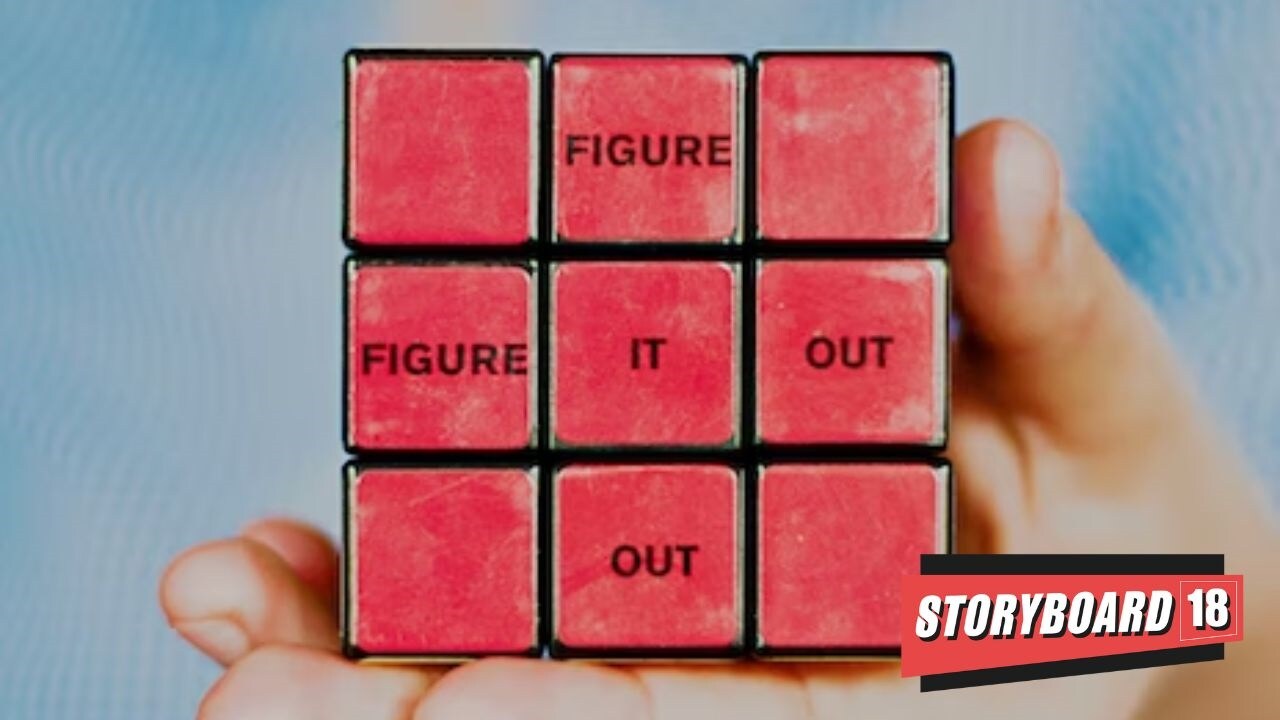When oil and gas company Hindustan Petroleum (HP) asked Leo Burnett to do a road safety campaign for them, the advertising agency mooted the idea of looking beyond a commercial and making the roads safe for people. To that end, it installed smart poles at select hairpin bends in hilly states of Uttarakhand, Arunachal Pradesh and Jammu and Kashmir. These smart poles map the oncoming traffic and alert vehicles coming from the other side to prevent collisions. In the process, the advertising agency helped build brand equity for HP with the help of technology. It is now in talks with the government to cover more accident-prone areas.
For P&G’s sanitary pads brand Whisper, Leo Burnett’s objective was to drive product penetration in the country since girls often drop out of school after their periods. So, instead of releasing TV and print ads, the agency thought it better to attack the root of the problem which was lack of education and not advertising. “We’re hoping a better understanding of menstruation will help girls stay in school for which we are getting a chapter on the subject introduced in their books,” says Dheeraj Sinha, chief executive officer, Leo Burnett, South Asia, underlining how creative agencies are increasingly solving human and business problems for brands.
For Abhijit Avasthi, founder of Sideways, not more than 50-55 percent of his company’s business comes from traditional advertising. “I don’t call it an ad agency. For lack of a better word, we are a creative problem-solving company. It is an amalgamation of a consulting firm, design house, technology solutions company, ad agency and an industrial design firm,” says Avasthi, former national creative director of Ogilvy.
Such agencies claim they are cracking a range of problems for clients across product design, e-commerce strategies, campaigns and much else. Sideways helped a large digital payments company which was faced with the challenge of getting new users even though the early adopters of digital payments had come on board easily.
“To instill confidence, we made onboarding journeys easier for these hesitant users with a simpler user interface. We also came up with a gamification idea to get people to transact at least once on the platform,” says Avasthi. “It was a technology meets design meets strategy project. It had nothing to do with communication,” he adds.
Citing another example as a mark of this evolution, Avasthi says Sideways has a partnership with Reliance Industries to design and manufacture toys and games for its retail chain Hamleys. Reliance Brands, a subsidiary of Reliance Industries, completed the acquisition of the British toy retailer in 2019. “We own the IPs for these toys and games and they are sold at Hamleys in India and other markets,” he says. Similarly, some years ago, Leo Burnett helped Bajaj Auto create a bike from the material sourced from India’s decommissioned warship Vikrant to launch Bajaj V. “Our teams helped in designing the petrol tank so that it exudes that masculinity and pride of Indianness which was the idea for the brand,” Sinha explains.
Clearly, for such solutions the aptitude of the people on the floor must be very different. To build in-house expertise, over the years, ad agencies have focused on hiring talent from all walks of life. Today, they are a conglomeration of product developers, engineers and data scientists, as well as copywriters and art directors.
There are several reasons why ad agencies are increasingly inclined towards business solutions. For starters, the business environment is changing and technology is all-pervasive. “It doesn’t matter which category you’re in. You could be offline, online or hybrid. The need of the hour is to provide different, more practical, and impactful solutions to businesses. There’s no denying that,” says Avasthi who has worked with clients such as Hindustan Unilever Ltd, Marico Ltd, Pidilite and Google, among others.
Secondly, with the proliferation of startups in the last few years, the founder-CEOs who are CMOs too, came into existence. These founder-CEOs are intricately involved in building the brand. “And from a CEO lens, brand building is also always about the ‘business’ and not just about spending money on building awareness,” says Leo Burnett’s Sinha.
Not surprisingly, ad agencies working with startups started engaging with founders to explain how branding, marketing and advertising could solve their business problems, help customer acquisition and generate revenue. This led to the idea of agencies actually working much harder to address real business issues rather than just dealing with a campaign or with a brand’s social media calendar.
Last but not the least, agencies have pivoted towards business solutions as they have much more material such as tech and AI to play around with. Contrary to popular belief, AI and tech are not making ad agencies redundant. “What AI helps us do is automate the long tail of what advertising does today – that is, help in generating 100 social media posts every day on a certain category. When that is taken care of, it allows us to focus on the core of advertising where we use creativity and strategy to solve larger problems,” explains Sinha.
To be sure, with increased adoption of social media by consumers, and the buildup of the influencer ecosystem, anybody can create video content. You no longer need an ad agency for that. “But you need sharp, pedigreed professionals to solve big problems that cannot be achieved through User Generated Content of a few standup comedians,” says Sinha.
Shuchi Bansal has been a business journalist for over 30 years covering media, advertising, marketing and consumer economy. She writes the column #TBH on Storyboard18 that captures the zeitgeist of advertising, marketing and media today.
